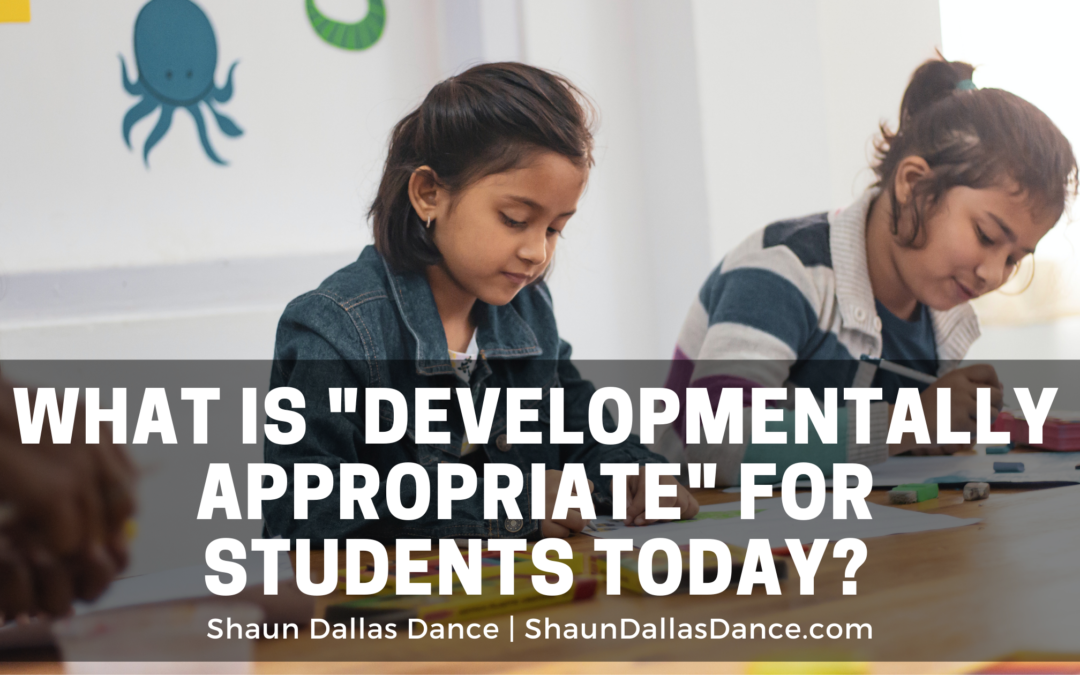The world of education is constantly changing as it shifts to implement discoveries and better educate the next generation. This raises the question; what is developmentally appropriate for students today?
The term developmentally appropriate applies to the method of teaching which takes age and individual needs into account. In other words – teachers format the program to fit their students, not the other way around.
What Goes Into Defining Developmentally Appropriate
When a teacher is striving to define what is developmentally appropriate for a child or not, they must consider the child as a whole, which means that their intellect, social, emotional, physical, and creative state are considered.
For example, a child may be stronger in one of those categories but still need a lot of help rounding out the rest. That’s where developmentally appropriate schooling comes into play, as the teacher creates a curriculum to help balance out those needs.
Developmentally Appropriate Stages
What is considered to be developmentally appropriate varies depending on the general age group of any given class. For example, kindergartners should understand the concept of sharing, be capable of playing, and count objects.
Meanwhile, the average first grader will be working on patterns, words, and numbers, as well as developing their motor skills. As children grow older, the skills their mind and body are required to develop alongside them.
The simple truth is that while there are many commonalities between students and when they begin to learn – there is no standard. Each child is different, and thus the way they learn and process information changes drastically from one student to the next.
The Controversy of the Common Core State Standards
Schools that are focused on creating developmentally appropriate curriculums (also known as developmentally appropriate practice) frequently take issue with the Common Core State Standards.
The argument is that these state standards are not developmentally appropriate, especially as one looks to the younger students. The test looks to evaluate students across the board – in a one size fits all method.
Furthermore, there are growing concerns about the negative impact that comes from Common Core testing. Increased anxiety among students is more common, not to mention the switch in curriculum focus towards passing the test instead of teaching students as individuals.

